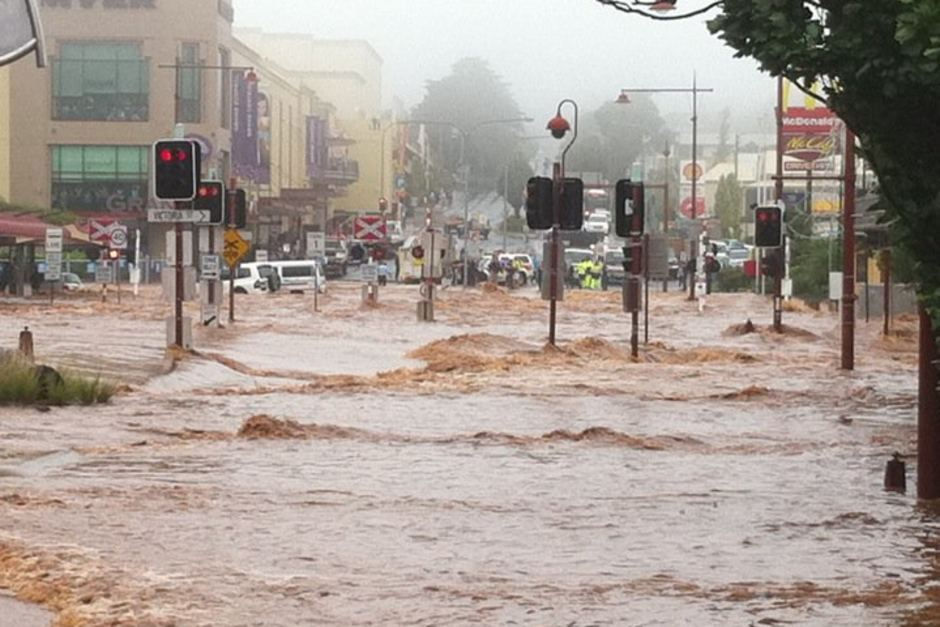IMAGINED COMMUNITIES
- week two
- Aug 22, 2017
- 3 min read
The concept of imaginary communities was coined by political scientist, Benedict Anderson in 1983 after noticing how the newspaper gave the population in France the impression that they were part of national community. Imagined communities describe the impersonal but ‘tight-knit’ communities, or nations, that are formed because of increased means and levels of communication provided by globalisation. A sense nationalism and unity is evoked in these communities through the collective action of engaging in print or media sources as it has “made it possible for rapidly growing numbers of people to think about themselves, and to relate themselves to others” (Anderson 2006, p. 36). However, there are some disputes associated with these communities. Contemporary anthropologist, Arjan Appadurai notes that this form of nationalism can be challenging as these communities lack a sense of place (1996, p. 29). I also find it problematic that “the members of even the smallest nation will never know most of their fellow-members” (Anderson 2006, p. 7), as it is such an intangible concept. However, Anderson writes, “it is imagined as a community, because… the nation is always conceived as a deep, horizontal comradeship” (2006, p. 7), describing that the unity is very much a universally understood concept.
Opposed to the era of “print-capitalism” (2006, p. 36) occurring during Anderson’s research, ‘media-capitalism’ has become a more relevant term. Dr. Sukhmani Khorana notes the inherent between the media and the concept of nation (2017), with Michael O’Shaughnessy and Jane Stadler noting the critical role of global media, writing “media transcends the nation state, giving everyone the opportunity to be heard and enabling information to be freely shared” (2008, p. 459). The large role of media in our current society has cemented the role of imagined communities and with globalisation instigating the proliferation of media outlets and continuous technological advancements, these communities will continue to develop.
The concept of imagined communities is a positive aspect of globalisation as it has allowed those who might not be able to share their opinions to do so and to unite bodies of people who have a common interest. Originally, I found it difficult to comprehend how such a strong sense of nationalism and community could be evoked from such an impersonal sort of a community but then I thought back to when I witnessed an overwhelming response initiated by support from online imagined communities.
I grew up in Toowoomba, one of the cities hit hardest by the Queensland floods in 2011. Luckily for us, our family’s house wasn’t affected but for many friends and family that was not the case. The water caused an immeasurable amount of damage to our community and a cry was put out on for aid in rehabilitating the area. We saw an amazing response as the floods triggered a sense of collective responsibility from not just our region but across the country and globe. The notion of a lot of the world witnessing the same event through media and print outlets created a united response exactly like Anderson explains in his text.


Queensland Floods 2011, Toowoomba
Appadurai, A 1996, ‘Disjuncture and Difference in the Global Cultural Economy’, Modernity at Large: Cultural Dimensions of Globalization, Minneapolis and London, University of Minnesota Press, p. 7.
Anderson, B 2006, Imagined Communities: Reflections on the Origin and Spread of Nationalism, revised edn, Verso, London.
Khorana, S 2017, ‘Globalisation, Media Flows and Saturation Coverage’, lecture, BCM111, University of Wollongong, delivered 1 August.
O’Shaughnessy, M and Stadler, J 2008, ‘Globalisation’, in Media and Society, 5th edn, Oxford University Press, South Melbourne, Victoria, pp. 459 – 461.



Comments